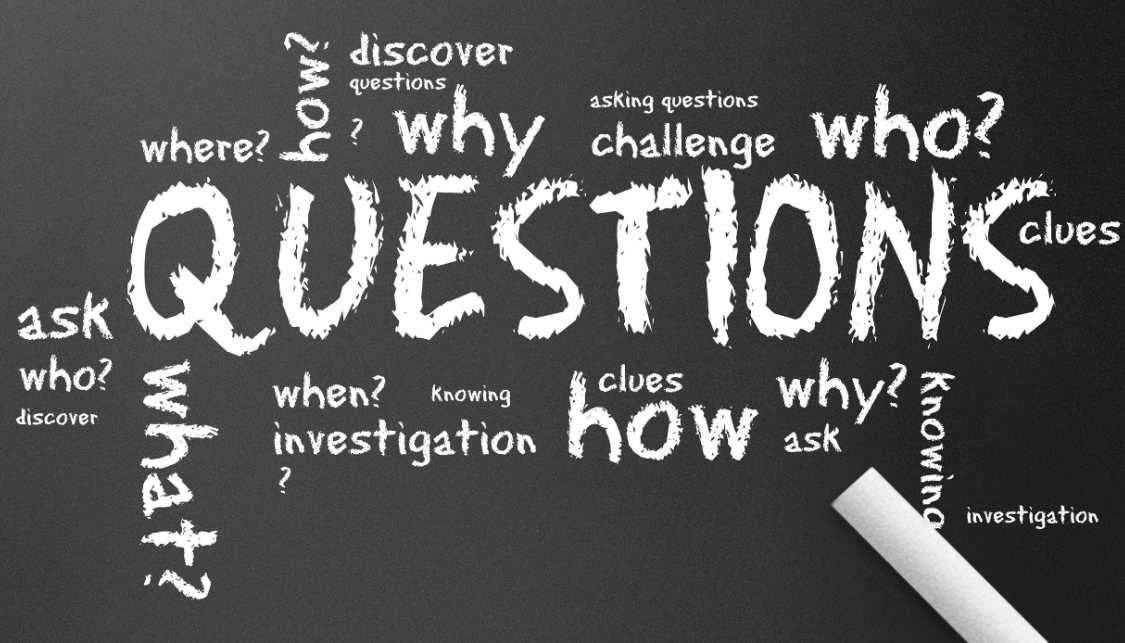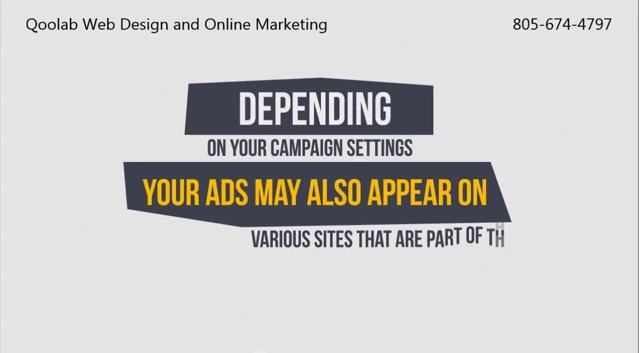Hi everyone. My name is Nathalie Nahai. I’m the web psychologist, and today I’m on Whiteboard Friday. So I’m going to be talking with you about web psychology, which is a term that I coined in 2011 to describe the empirical studies of online behavior.
It draws from various different fields. It’s a point of convergence for any type of research that looks at online behavior, so things like human-computer interaction, cross-cultural psychology, which is a very, very interesting area, social psychology, how we relate to other people both in groups and on a smaller level, advances in neuroscience, how we can use neuroscientific studies to tell us about how we respond online at a brain-activity level, and as a subset of that, neuroaesthetics, so to visual stimuli. We also got cognitive psychology and things like attention online, that tends to be quite limited, and how to make the most of that attention, and also behavioral economics, which looks at why we behave in seemingly irrational ways online.
All of these different disciplines and many more give us different glimpses into how online behaviors are shaped and can be affected.
In the research for all of this, it was actually for a book that I wrote called “Webs of Influence,” which is looking at the psychology of online persuasion. In all the research that I did, I found that there were three key things that you had to be able to do or to think about and to act upon in order to be successful online.
So there are three secrets to online success. The first is to know who you are targeting. The second is to communicate persuasively, and the third and final one is to sell with integrity. So I’ve broken these down a little bit so that we can have a little look at some of the elements that make up these three pillars.
So let’s start with number one—know who you are targeting. It’s really, really important that you research your audience, especially if it’s an audience that you think that you’re familiar with, because doing research will uncover things that will always surprise you. So I like to start with the most basic of things or the most complex of things, which is the human brain.
What systems are we engaging online? I like to think of it in a metaphorical sense. So you have the logical, which is where we like to think we make decisions, the emotional, which is where we actually seem to make decisions, and then the primal, which is freeze, fight, and flight, sex, food, motion, it’s the thing that keeps us alive. So we start with a human brain, and if you have an understanding of how we work, then you can start looking at the psychology of decision making. How do we make decisions, both on and offline? How does that influence what we end up doing versus what we say we might do.
You also then have to look at who’s online and why they’re there. It’s not enough to have an idea about just the people that you think you might like to target. But broaden your scope. Who else is on there that you think would be interested in what you have to say?
Once you’ve figured out who’s online and why they’re there, figure out who you specifically are targeting, and you have to narrow this down to make sure that you have a clear enough idea of the persona or personas that you’re trying to engage.
Once you’ve narrowed it down to that point, you have to look at two really key things. Number one, the cultural context of that audience. So are they from a culture that is very high in collectivism or in power distance, the degree to which we accept and expect unequal power distribution? If you’re interested in that, there’s some fantastic research by a guy called Geert Hofstede, who is a professor of psychology who spent 40 years looking at cultural dimensions. You can find him online. So looking at the cultural context of your audience and then their individual psychology.
So things like individual psychology can mean their gender, personality traits. If you’re going to look into personality, check out the big five, the five factor model. It’s a lot more accurate than the other models typically. Also things like age, you can also look at the types of clusters of traits that they exhibit in terms of the preferences for online platforms, behaviors. You can really go to quite a strong degree of granularity on that one.
So that gives you a quick overview of some of the elements in section one of knowing who you are targeting.
The second pillar, to communicate persuasively, it really rests on the idea that we tend to prefer to engage with and trust people who are able to make us feel like we have a connection. That’s a no-brainer. Research has shown that there is a subset of motor neurons in the brain, called mirror neurons, that activate when you see someone else doing a particular action.
So if I suddenly had my arm chopped off, hopefully if you’re empathetic, your mirror neurons would kick in, and you would hopefully feel a sense of wince or pain in sympathy with me. The reason I’m telling you this is because to communicate persuasively, you have to trigger other people so you can literally get on the same wavelength. If you can do that, you’ll be able to convert much more effectively.
So there are different ways in which you can approach this. Most of you might be familiar with Maslow’s hierarchy of needs, so things like safety, physical safety, food, shelter, love, all the way up to self actualization. There are ways in which you can help people to achieve these things online. You can do it through all these different elements—your website, your images, your videos, your color, and your social work.
Websites, very interesting, you’ve got a huge amount of stuff that influences how people react to you on the website. Things like the fact that we will subconsciously scan a new website for cues as to whether or not we can trust that site when we first visit. These can be things such as padlocks, showing that your information will be secure. It can be things like authority figures endorsing your website.
It could also be stuff that moves into the realm of colors. In color psychology, there are two main colors that seem to have fairly universal effects on the human psyche and emotional state, and that’s red and blue.
Red tends to be very high arousing, raises up our heart rate, and it makes us a bit more stimulated. Blue tends to have a similar but opposite effect. So the opposite effect is that it calms us down. We feel like we can trust the person whose site it is, which is probably also why the Fortune 500 and financial sectors use blue typically as their main brand colors, because it calms us down.
Another weird fact about blue is that it kind of warps our perception of time. So if cultural audience is based somewhere that has very low Internet speeds, make your color blue, and they will perceive the speed of the website as loading more quickly.
Videos, things like body language are very, very important. Having a more open, natural, slightly more expansive body language can be quite useful. Again, you’ve got to check that against culture. The images should always reflect the audience that you’re trying to reach. So I’m going to use a London example. If you’re looking at reflecting Shoreditch hipsters in East London, then you would want to use people in your images and your videos that reflect those traits. So the kind of jackets that they use and the metro look and the rest of it.
I’m not going to go into social right now because its way too complex and it would take forever. But you get a sense of some of the things that are involved in effective and persuasive communication.
The third and final pillar is about using psychological techniques to sell with integrity, and the reason I’ve put integrity in there is because it is absolutely key. But if you’re nudging people towards taking certain behaviors, you do it in a way that is authentic and that their best interests as well as your best interests at heart. Good business is where you get the intersection between what’s good for you and what’s good for your audience.
With that in mind, I’m sure some of you will be familiar with Cialdini’s six principles of persuasion. You can also use these online. There is a fantastic group of people in the Netherlands who are doing this. They’ve created a thing called persuasion API that actually tracks which of these principles are more effective on certain people. That’s quite fun to check out.
The other thing that’s key in terms of using these psychological principles, but in a way that is going to be not manipulative, so doing it honestly, is to build up your reputational capital, so getting people to trust you. That can mean everything from getting social proof, so that’s kind of a herd mentality, game of numbers. If I have 5,000 followers on Twitter and you are a new Twitter user and you come on and you see my profile, you’ll think, oh that’s 5,000. It’s indicating that probably she’s all right because that many people have liked her already. Things like that, so ratings, social media followers, testimonials, that helps obviously to build your reputational capital.
You can increase your sales also using certain techniques, such as things like bundling, bundling items together, having flexible pricing, which you have to do carefully. So there was a bit of a furor—I can’t remember which site it was and I don’t want to get sued, so I’m not going to mention it—where people were basically being pitched more expensive holidays when it was known that they were on a Safari browser because it meant that they were a Mac user and therefore probably more likely to part with cash.
So there are ways in which you can use sort of pricing strategies that are better than others. That’s an example of a bad way to do it. A better way to do is the way the airlines do it, for instance. So when you’re sitting on a plane, the person next to you may have paid twice as much for their seat, but that’s probably because they booked three months after you did. So because you got there early, you paid less, and that’s a strategy to get the prices of the seats paid but sort of tiered.
So there are various things you can do to increase your sales. Also ratings are very important. You’re 20% more likely to buy an item that’s been rated versus non-rated. It leads in nicely into the next point, which is around pricing and value.
We have a general pricing heuristic, which says that the more expensive something is, if we don’t know anything else about it, the more likely we are to attribute high value to it. So if it’s more expensive, it’s better value. That’s when we have a limited amount of knowledge on an item. So that’s something for you to consider. If you want your thing or your service or your product to be perceived as more valuable, you can up the pricing within reason.
B. J. Fogg, one of America’s very fabulous researchers and psychologists, came out with this fantastic model called the behavior chain, which shows you how you can use psychological steps or a process to get people to the end point where they buy and further on. I would highly recommend that you check that out. That’s a really useful framework to implement some of these strategies.
The final one I want to mention is around risk, trust, and privacy. The biggest barrier online to purchasing or to giving away information is the sense of risk that we have around our trust being violated. How private is my information? How secure is it? Easy things to do here are to not ask for too much more information than you need and to make sure that you have a disclaimer that says you will treat everyone’s information with privacy and respect and that you won’t pass it onto any third parties.
I hope that is enough of a quick whiff around. Those are the basic three pillars. But ultimately there is one golden rule that you have to follow, and it takes this form. So, number one, research your audience. It doesn’t matter who they are, research who they are. That means that you can do things like on SurveyMonkey or some questionnaires. Qual and quantitative stuff is brilliant. Find out, do your research, and that will form the foundation for your online endeavors.
Number two, once you’ve got your research, test your hypothesis. If you know that your research shows you that these are 18 to 30 year old hipsters in Shoreditch and they’re likely to like these sorts of preferences and they have this cluster of personality traits, create something and test that hypothesis and see if it pans out.
Third and final step, analyze your results and evolve accordingly. Okay. Well, that’s pretty much it. So then you just repeat the cycle, and if there’s ever a gap in your knowledge, go back to the first point and do some fresh research.
Ultimately, that’s it. Web psychology, it rocks. Peace out.





One thought on “Web Psychology”
Helpful info. Lucky me I discovered your web site accidentally, and I’m stunned with it. And may the good times and treasures of the present become the golden memories of tomorrow. Wish you lots of love, joy and happiness. MERRY CHRISTMAS. !